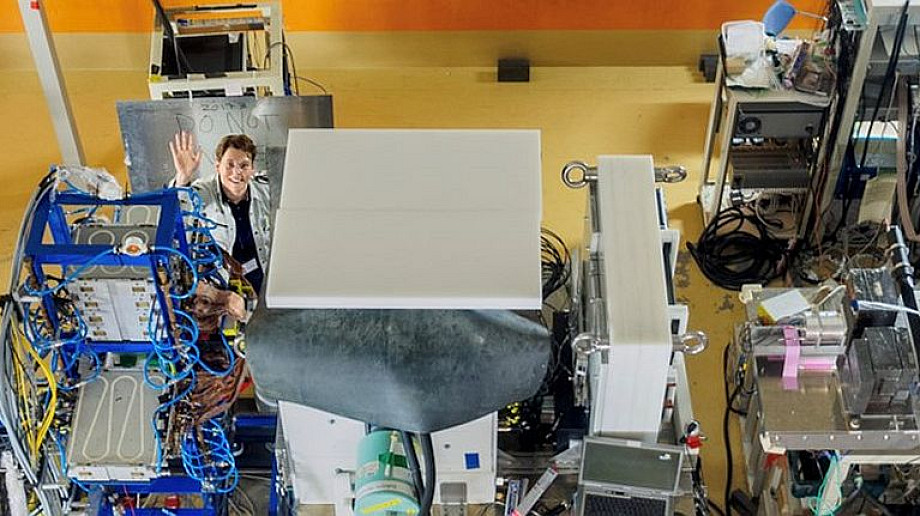
Neutrons play a crucial role in the synthesis of elements heavier than iron in stars and stellar explosions via the slow (s), intermediate (i), and rapid (r) neutron capture processes. The neutrons for these astrophysical processes are produced either in-situ by alpha-induced reactions (in the s- and i-process) or available in copious amounts from the neutron-rich astrophysical environment (r process).
In all three processes, the fine balance between neutron capture and beta-decay rates under the given astrophysical conditions defines how long a nucleus can accumulate material before decaying into the next isotopic chain. Due to the location of these processes on the chart of nuclei, the availability of experimental data greatly differs. In the past decades we have come a long way to better understand these astrophysical processes by measuring nuclear physics proporties of more and more exotic nuclei. While masses and beta-decay half-lives are well measured for the majority of the presently known ~3300 nuclei, neutron capture reactions have predominantly measured at and close to stability in the past 50 years [1], with satisfying precision for most astrophysical modelling. However, the direct measurement of neutron cross sections with shorter half-lives ( <1 year) requires the use of radioactive beams in inverse kinematics and the development of new methods.
Beta-decay rates on the other hand have been measured for almost all accessible nuclei. In very neutron-rich nuclei in the r process an additional new decay channel called "beta-delayed neutron emission" leads to a diversion of the decay path back to stability. These additional neutrons can be recaptured and are responsible for formation of the smooth structure of the observed abundance peaks at A~80, 130, and 195.
I will introduce two neutron-related projects for astrophysics. First, the IAEA has initiated the creation of a new reference database for beta-delayed neutron emission in 2013 [2]. In the wake of this Coordinated Research Project the international BRIKEN collaboration has measured in the past years ~200 of the most exotic beta-delayed neutron emitters, many of them for the first time. I will show some highlights from this recently concluded measuring campaign.
For the measurement of neutron capture cross sections of shorter-lived nuclei so far only indirect methods have been used. I will describe a path towards a pioneering facility consisting of a heavy-ion storage ring connected to our ISAC radioactive beam facility at TRIUMF where some of these reactions could be measured directly, with a moderated neutron target [1].
[1] I. Dillmann, O. Kester, et al., Eur. Phys. J. A59 (2023) 105
[2] P. Dimitriou, I. Dillmann et al., Nucl. Data Sheets 173, 144 (2021)
Room:
4.03